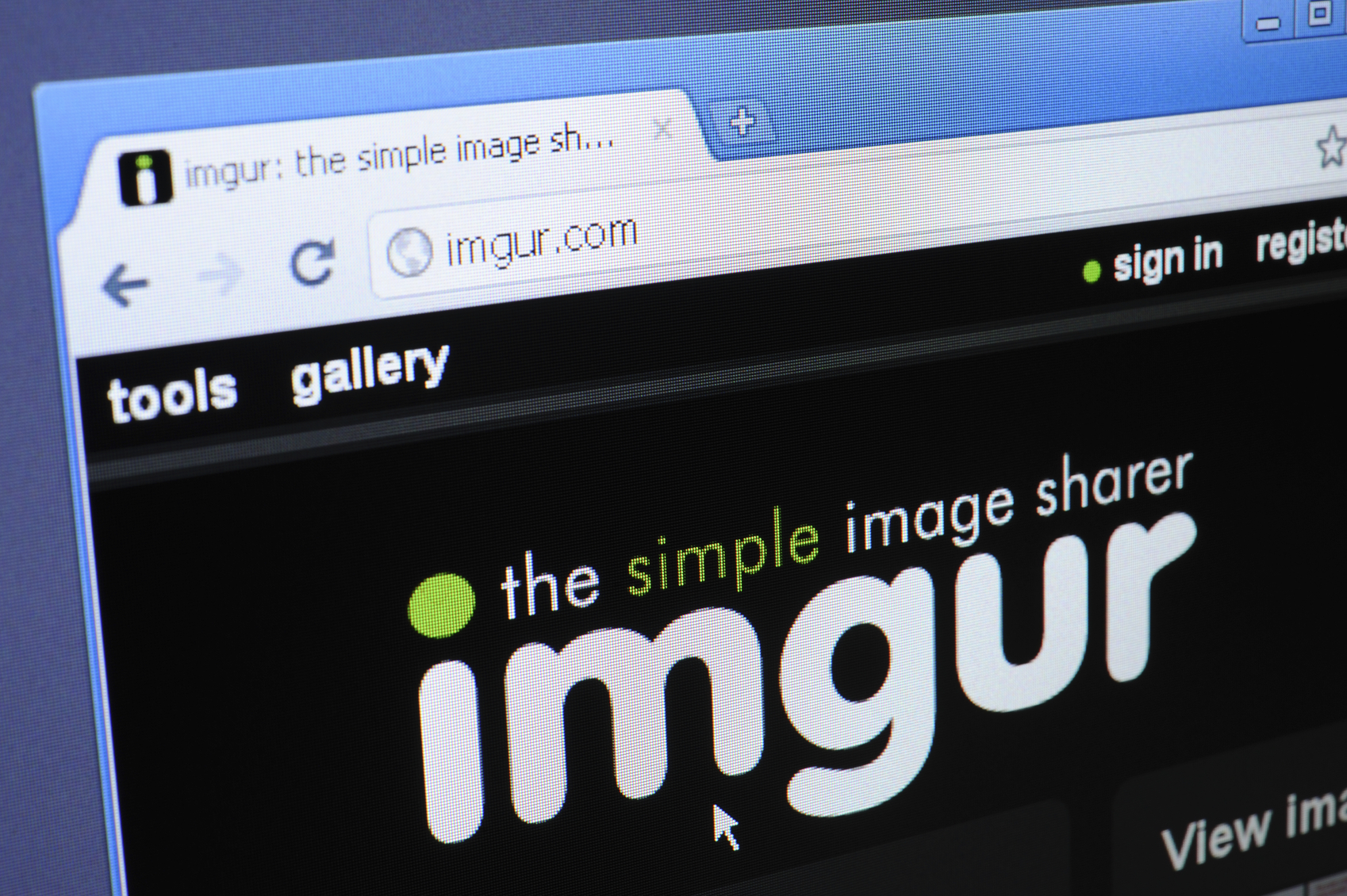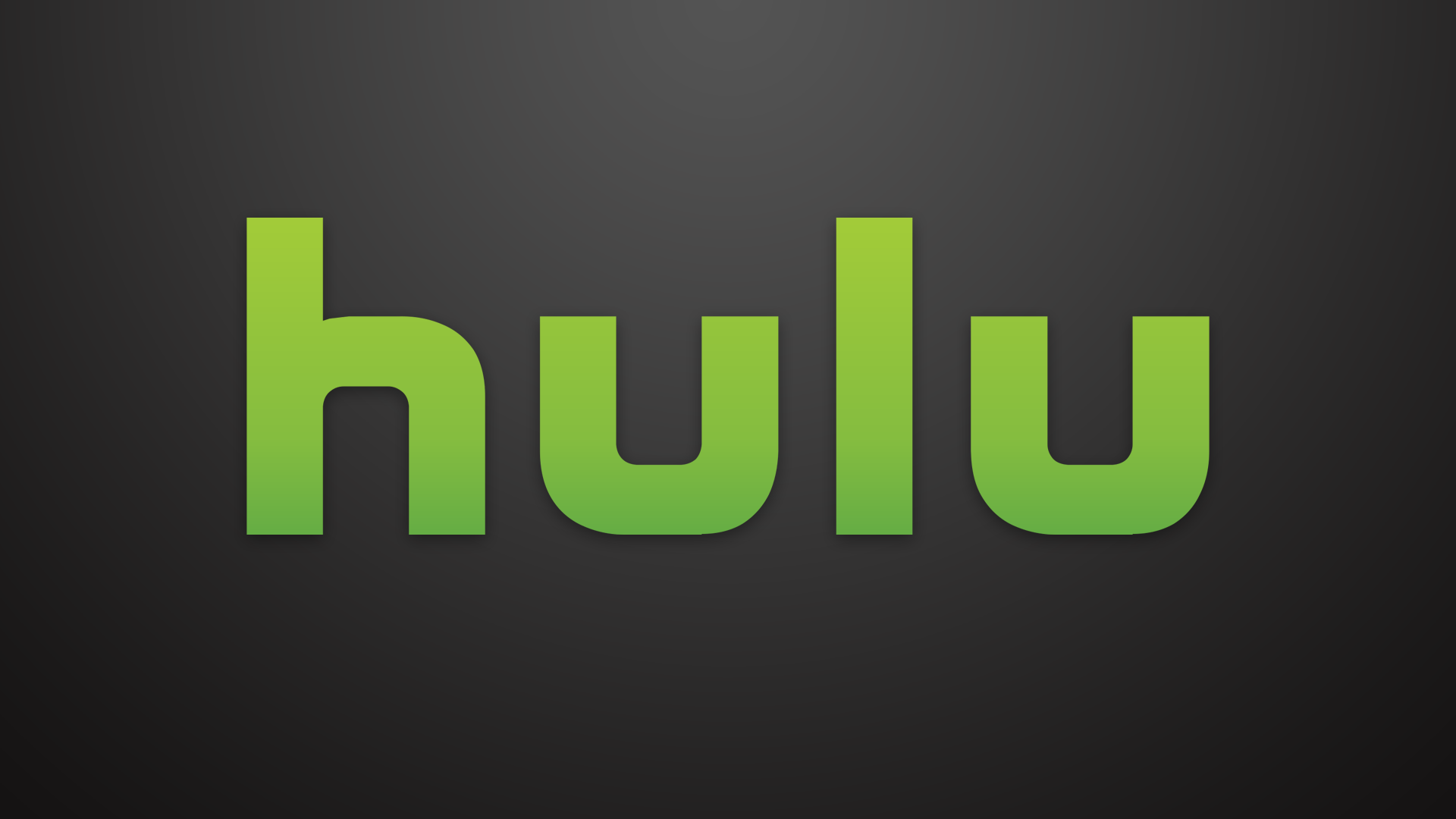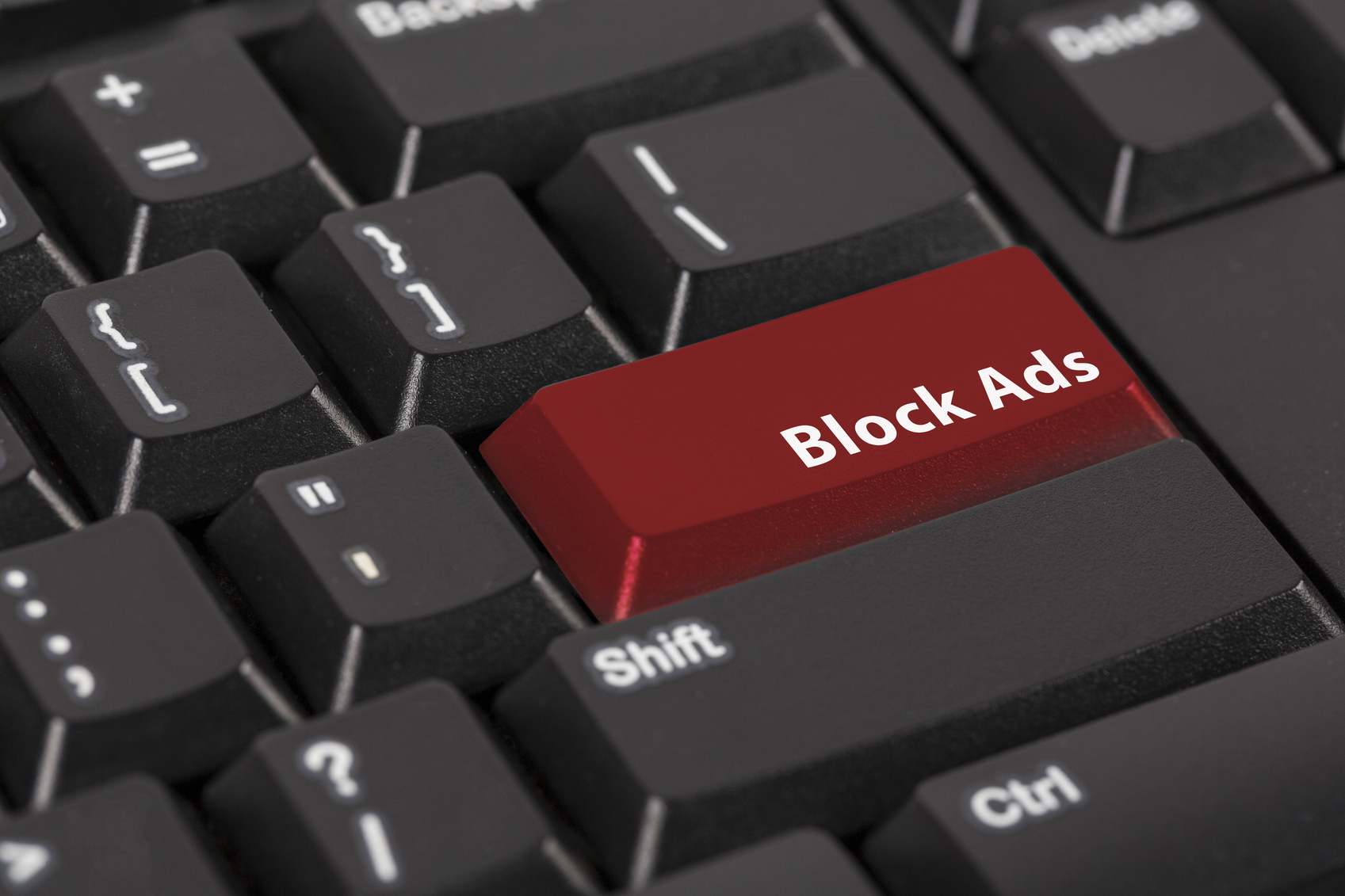What Happened
Popular image-sharing site Imgur is rolling out a native ad product that aims to help brands effectively reach its predominantly millennial male users on mobile. The new Promoted Post does not feature any targeting capability as the posts will appear in all Imgur users’ shared content stream, but it does support autoplay videos besides GIFs and still images. Launch partners for this native ad product include eBay, Square Enix, and New Form.
What Brands Need To Do
Dubbed “Pinterest for guys,” Imgur reaches a specific set of nerdy, young male online audience that could be difficult for brands to reach. To help brands better connect with its audience, Imgur has an in-house creative team that works with brand advertisers on creating that kind of branded content that would resonate with its users. As our study on branded content has shown, native ads are less intrusive and more effective than most other ad units, which is only more significant in the context of consumers’ growing aversion to ads.
For more information on how brands should leverage interesting branded content to earn consumer attention, check out the Ad Avoidance section of our Outlook 2016.
Source: AdWeek










